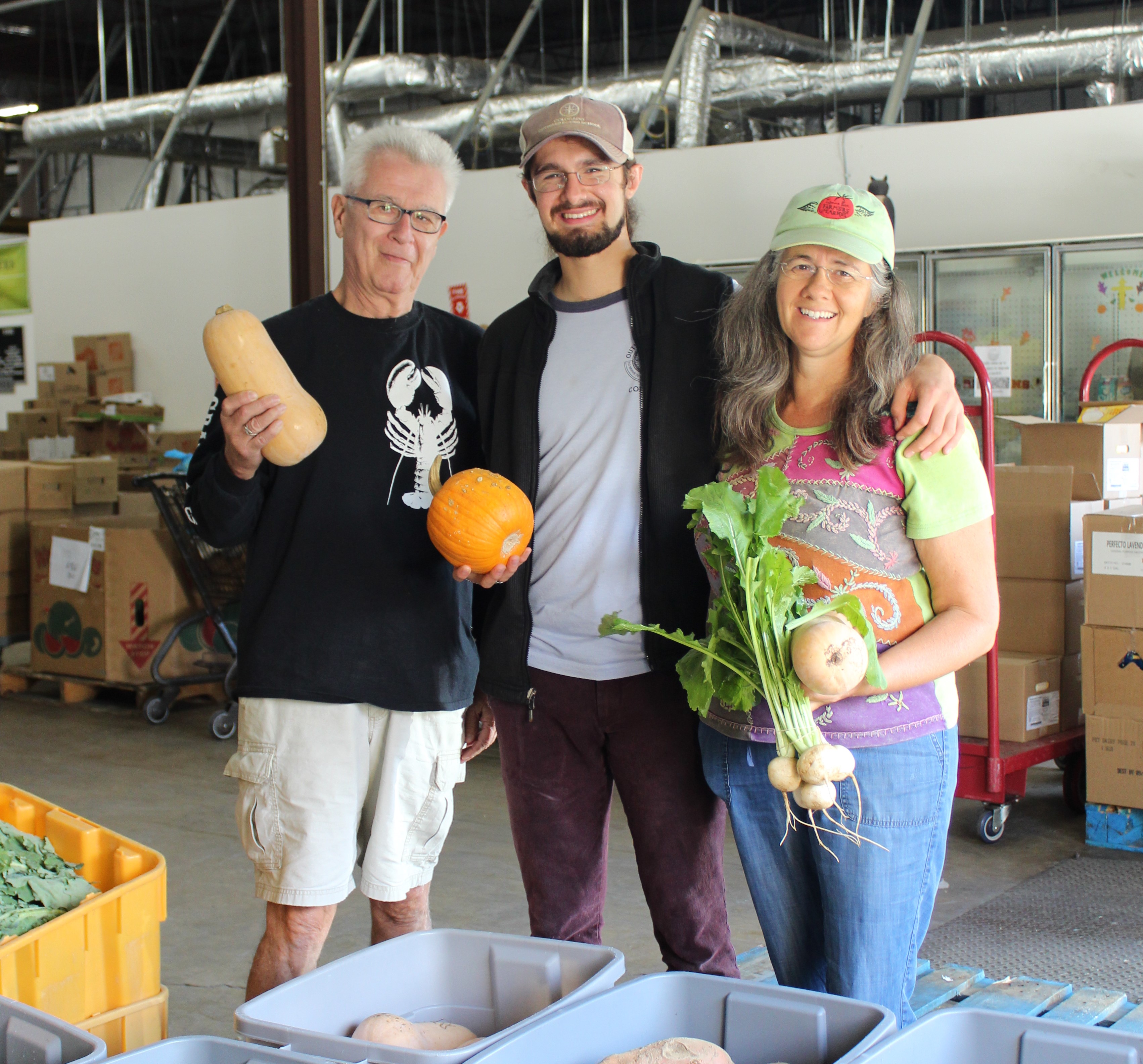
Family Fresh Program Takes on a New Flavor
09 Jan 2020, by Admin in Harvest VISTA, National VISTA, Food for OthersMaheyaar Barron is the Gleaning and Produce Recovery Coordinator at Food for Others, a food bank and pantry located in Fairfax, Virginia. The organization services the northern region of the state through a multitude of programs such as emergency food aid, weekend meals for elementary school children, neighborhood site deliveries, and community partner support. The gleaning program, which began in 2017 in partnership with Harvest Against Hunger, connects local growers to families in need, bringing in fresh produce directly from farms, farmers markets, and community gardens.
As the warmer months come to a close and the food bank switches gears to prepare for the winter holiday rush, VISTA Maheyaar Barron’s work takes on a new form. The large volume of produce donations that characterized the summer has slowed to a trickle, and daily tasks have shifted in order to prepare for the next season. One such task is prepping the organization for another round of the Family Fresh Program, a cooking/nutrition course that pairs low income housing complexes with farm fresh produce. A high participant retention rate has led Food for Others to look to expand the program to more locations.
The original program was conducted through Virginia Extension’s Family Nutrition Program, an 8 week course that teaches participants about nutrition, cooking, and buying healthy on a budget. The class offered weekly incentives culminating in an 18 pot cooking set for students who attended all the classes. Each student received a box of produce (from the local Waterpenny Farm) to bring back to their family. The intention was to provide educational tools that allowed the families to fully utilize the produce, broaden their experience with fruits and vegetables, and teach them to add healthier options into a limited budget.
While the original programming proved to be effective, with 28 out of 30 participants attending all 8 classes, the expansion is likely to take on a new flavor. The goal is to explore how different formats hold up under pressure. The VISTA Maheyaar was connected with an interesting proposition: A long-time donor and volunteer of Food for Others has offered to run a series of cooking classes. She has won numerous cooking competitions and created many of her own recipes. The benefits of working with such a partner would mean increase program versatility; the opportunity to start from scratch. This would allow the team to connect cooking lessons to the specific produce delivered each week.
The Food for Others VISTA program is set for a lot of exciting possibilities next year, and the team is always open to trying new things to push the mission forward. While there are still many months in between now and next summer, it’s never too late to start preparing.
.


